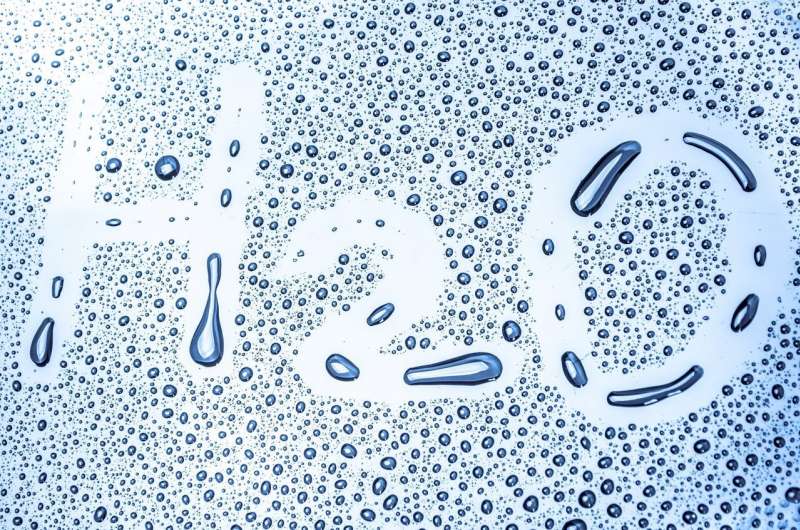
Researchers have found a way to
make ultrathin surface coatings robust enough to survive scratches and dings.
The new material, developed by merging thin-film and self-healing technologies,
has an almost endless list of potential applications, including self-cleaning,
anti-icing, anti-fogging, anti-bacterial, anti-fouling and enhanced heat
exchange coatings, researchers said.
The new study found that the rapid evaporative qualities of a specialized polymer containing a network of dynamic bonds in its backbone help form a water-resistant, self-healing coating of nanoscale thicknesses. The study, led by University of Illinois Urbana-Champaign mechanical science and engineering professor Nenad Miljkovic and materials science and engineering professor Christopher Evans, is published in the journal Nature Communications.
For this study, the Miljkovic group's primary focus was on boosting the efficiency of steam power plants, which are the biggest producers of electricity globally, by using these types of coatings in their condensers. "The coatings, when applied to the surfaces of the condensers, make them more water-resistant and efficient at forming water droplets, which optimizes heat transfer," said graduate research assistant Jingcheng Ma, a co-lead author of the study.
When used in steam power plants, thin coatings can run into a multitude of durability problems, the researchers said. Coatings can break down in weeks, sometimes even hours. Such a short lifetime makes the real-world application of the coatings impractical, which has been a foundational challenge in mechanical and materials sciences for about eight decades. Thicker coatings can be more durable, but they reduce heat transfer and erode the associated benefit of the coating.
Previous studies have shown that most ultrathin coatings develop tiny pinhole defects once they cure onto a surface. Steam penetrates through these defects, leading to the gradual delamination of the coating, the researchers said, so their goal was to develop a pinhole-free, water-resistant thin-film and enhance the overall energy efficiency of steam power plants by several percent.
"Self-healing materials can recycle and reprocess themselves," Evans said. "We found that we can successfully utilize the healing enabled by the dynamic bonds, allowing the coatings to self-repair in response to scratching or to prevent pinholes from growing."
Called dyn-PDMS, the material can be easily dip-coated onto materials in nanoscale layers on various surfaces like silicon, aluminum, copper or steel.
"One of the reasons we can get such thin layers is because the solvents used in the reaction evaporate very quickly, leaving only the polymer," Evans said. "Also, once cured, the material repairs itself from scratches very fast—so fast that it is difficult to observe in real time. We do not see this behavior in large, bulk samples of the material—only in the thin-film, and that is a question we are trying to answer now."
The researchers posit that the ultrathin coatings developed in this study offer a solution for sustainable water-resistant materials and raise open scientific questions within materials science and fluid mechanics that remain unanswered.

 Previous page
Previous page Back to top
Back to top







